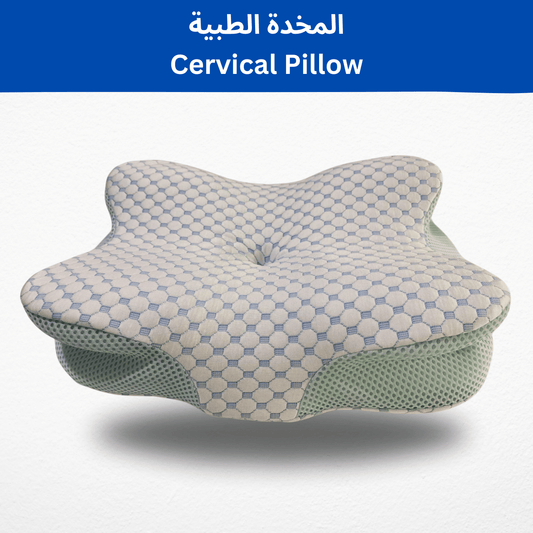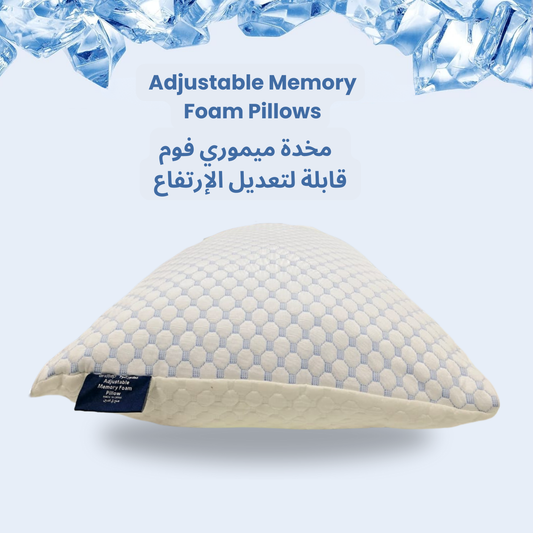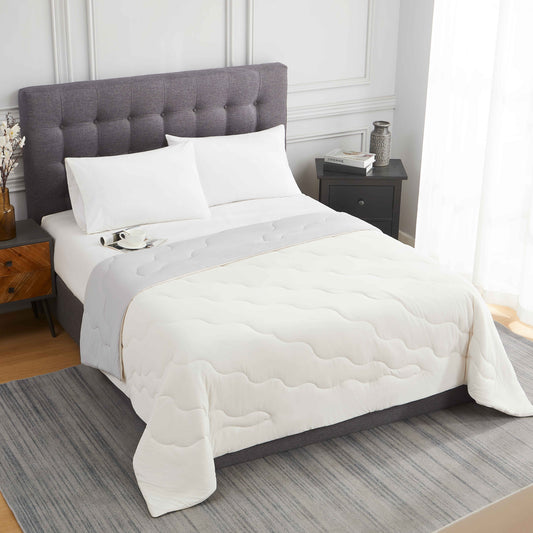A Complete Guide To Washing Your Mattress: Tips For Keeping Your Sleep Surface Fresh And Clean

Table of content
Your mattress plays a vital role in your overall health and quality of sleep. Just like you wash your sheets regularly, your mattress also needs consistent care to stay clean, fresh, and free from allergens.
Whether you own a memory foam mattress, a foldable floor mattress, or even an air mattress, this guide will walk you through the essential steps to properly clean and maintain it.
Why Cleaning Your Mattress Matters
Over time, mattresses can harbor dust mites, dead skin cells, bacteria, and even mold, factors that can affect your health and sleep quality. Regular cleaning helps to:
- Improve Sleep Hygiene: A clean mattress creates a healthier sleep environment, allowing for deeper, more restful sleep.
- Prevent Allergies: Removing dust and allergens is especially important for people with asthma or sensitive skin.
- Extend Mattress Life: Regular maintenance helps prevent premature wear and tear, saving you money in the long term.
A Complete Guide To Washing Your Mattress: Tips For Keeping Your Sleep Surface Fresh And Clean
Step-by-Step Mattress Cleaning Guide:
1. Gather the Right Supplies
Before you start, make sure you have the following:
- A vacuum cleaner with an upholstery attachment
- Mild liquid detergent or a specialized mattress cleaner
- A spray bottle filled with equal parts water and white vinegar
- A clean cloth or sponge
- Baking soda (optional, for deodorizing)
2. Strip the Bedding
Remove all sheets, blankets, mattress protectors, and pillow covers. Wash them separately according to the care instructions.
3. Vacuum Thoroughly
Use the upholstery attachment to vacuum the entire surface of the mattress. Focus on seams, edges, and crevices where dirt and allergens accumulate.
This is essential for all sizes and types, including king, queen, and foldable mattresses.
4. Spot Clean Stains
Mix a small amount of mild detergent with water, or use a dedicated mattress cleaner.
Lightly dampen a sponge or cloth with the solution and blot the stained areas; never soak the mattress, especially with memory foam, as it retains moisture.
5. Deodorize with Baking Soda
Sprinkle a generous layer of baking soda across the mattress surface. Let it sit for 15 minutes to a few hours, depending on the level of odor, then vacuum thoroughly to remove any residue.
This step works well for all mattress types, from air mattresses to queen-size beds.
6. Freshen Up with Vinegar Solution
For a natural disinfectant, lightly mist the mattress with a water-vinegar mixture. Avoid over-wetting; just a light spray is enough to neutralize odors and kill bacteria.
Let the mattress air dry completely before replacing the bedding.
7. Use a Mattress Protector
Once your mattress is clean and dry, add a high-quality mattress protector. This adds an extra layer of defense against future spills, dust, and allergens.
It’s especially useful for mattresses placed on the floor or used in multi-purpose spaces.
Buy DrSleeep mattress protector from here and get a discount when using this coupon: gift2025
How Often Should You Clean Your Mattress?
- Every 3–6 Months: Vacuum and lightly clean the surface.
- Once a Year: Do a deep clean with baking soda and vinegar.
- As Needed: Spot clean any spills or stains immediately.
Final Thoughts
Caring for your mattress doesn’t have to be complicated, but it makes a big difference. Whether you sleep on a single bed, a double bed, or a luxury queen-size mattress, regular cleaning keeps your sleep surface hygienic and comfortable.
If you’re considering upgrading, explore high-quality options like memory foam, hybrid, or foldable mattresses that combine comfort with easy maintenance.
A clean mattress is not only better for your health; it also helps you wake up feeling refreshed every day.
Q1: How often should I clean my mattress?
It’s recommended to vacuum and do light cleaning every 3-6 months, perform a deep clean once a year, and immediately spot-clean any stains or spills.
Q2: Can I clean a memory foam mattress the same way?
Yes, but avoid soaking it with water. Focus on surface cleaning using gentle detergents and spot treatments.
Q3: Is using a mattress protector necessary?
Absolutely. A mattress protector helps shield your mattress from stains, dust, and allergens, extending its lifespan and making cleaning easier.












